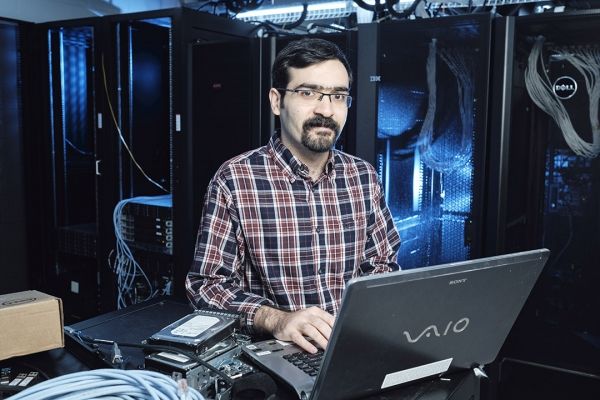University of Saskatchewan researcher Dr. Reza Haghgoo (PhD) has developed a novel computer model to help engineers design more efficient equipment used across the energy sector for producing chemicals including syngas, a clean energy source with the potential to replace natural gas in generating electricity.
Syngas — a mixture of hydrogen, carbon monoxide and carbon dioxide — is a cheaper alternative to fossil fuels and is produced in refinery equipment called fluidized beds. Syngas is a growing industry, especially in Asia and Australia. The gas helps refine other chemicals — as of 2014, 25 per cent of ammonia and over 30 per cent of methanol worldwide was produced using syngas.
“The current production process in fluidized beds is not very efficient and our research tackles that,” said Dr. Raymond Spiteri (PhD), a USask computer science professor and Haghgoo’s former co-supervisor.
Haghgoo’s computer model creates virtual simulations that could help companies save time and tens of thousands of dollars for large-scale testing because engineers would know in advance whether their fluidized bed design is practical or whether it doesn’t work.
Continue reading at University of Saskatchewan.
Image via University of Saskatchewan.


